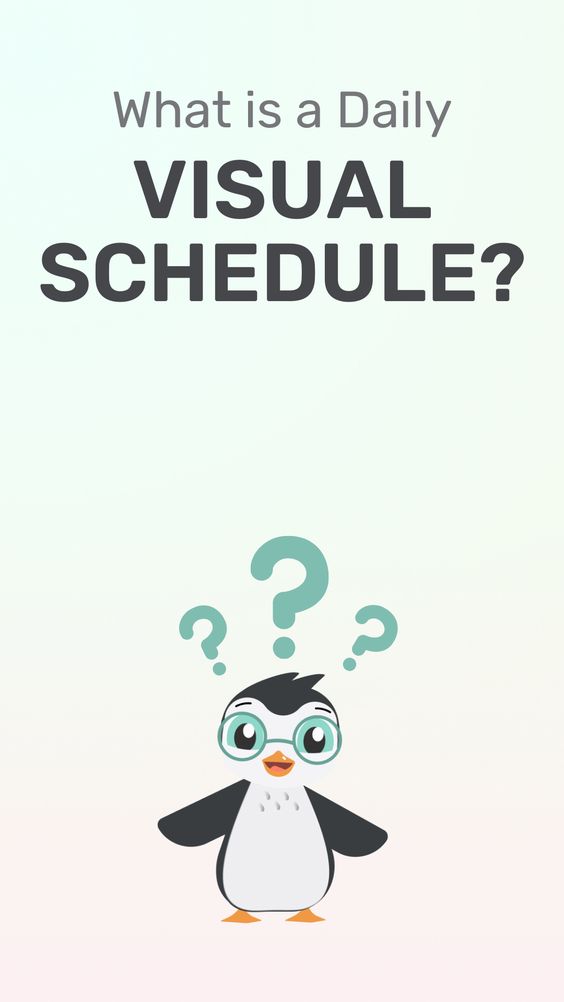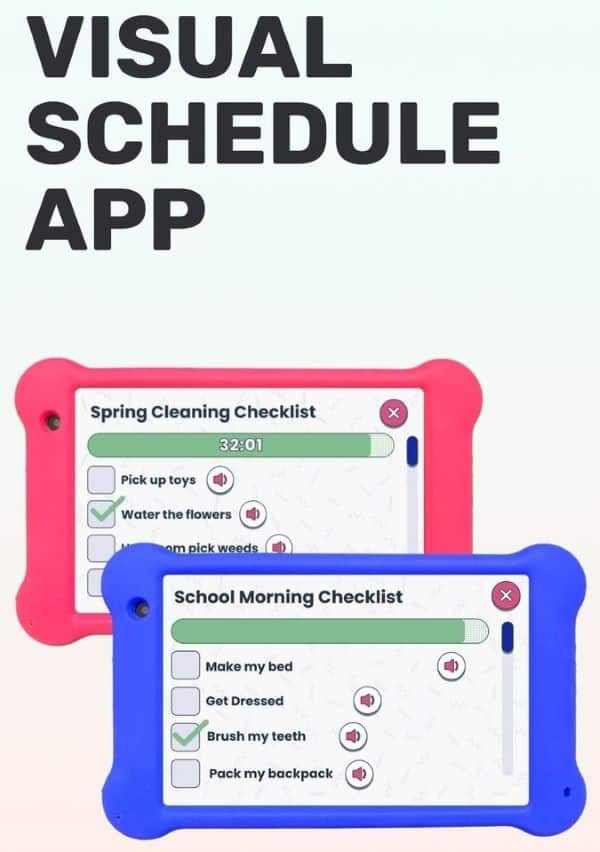When our brains spot a fragment of something familiar, they go into detective mode, piecing together the missing parts. It’s a nifty trick, helping us quickly identify things even if they’re hidden or only partly visible.
- Book Covers: Recognize a book with just a glimpse of its spine? That’s your brain on visual closure.
- Incomplete Drawings: Ever guessed what a doodle is, even if it’s not finished? Yep, you guessed it!
- Toys Under a Blanket: Only see a piece but know exactly what’s hiding? That’s this skill shining.
- Distorted Letters: Reading a smudged word on paper but still understanding it? Classic visual closure.
And just like that, without even seeing the whole picture, our minds fill in the blanks! It’s like having a personal magic show inside our heads.
Looking for a handy tool to boost these skills? Goally might just be your ticket! Our tablet offers fun apps tailored for kids, helping them refine visual closure and other essential skills. From gamified learning to routines like brushing teeth, Goally makes mastering life & language skills a breeze. Cool, right?















